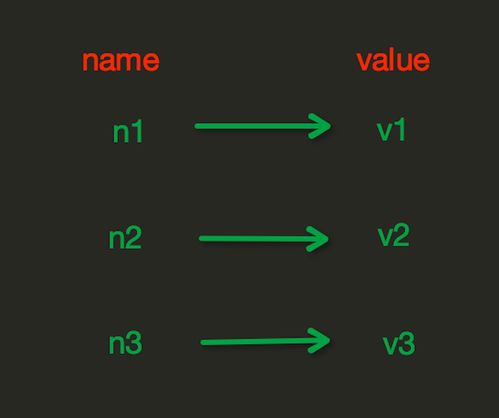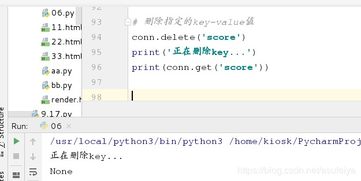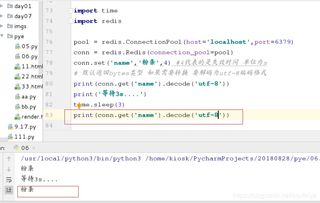Using Redis with Python: A Comprehensive Guide
Are you looking to enhance your Python applications with a powerful, in-memory data store? Redis, an open-source, NoSQL database, is an excellent choice. In this guide, I’ll walk you through the process of integrating Redis with Python, covering everything from installation to advanced features.
Why Use Redis with Python?

Redis offers several advantages when used with Python:
- High Performance: Redis is designed for high performance, making it an ideal choice for applications that require fast data access.
- Flexible Data Structures: Redis supports various data structures, including strings, hashes, lists, sets, and sorted sets, allowing you to store and manipulate data in various formats.
- Scalability: Redis is highly scalable, making it suitable for both small and large applications.
- Community Support: Redis has a large and active community, providing a wealth of resources and support.
Installation

Before you can start using Redis with Python, you need to install Redis on your system. Here’s how to do it:
- For Windows: Download the Redis Windows installer from the official website and follow the installation instructions.
- For macOS: Use Homebrew to install Redis by running the following command in your terminal:
brew install redis- For Linux: Use your package manager to install Redis. For example, on Ubuntu, you can run:
sudo apt-get install redis-serverOnce Redis is installed, you can start the Redis server by running the following command in your terminal:
redis-serverPython Redis Client

There are several Python clients available for interacting with Redis. In this guide, we’ll use the popular `redis-py` client. To install it, run the following command:
pip install redisBasic Operations
Once you have the `redis-py` client installed, you can start performing basic operations on Redis. Here’s an example:
import redis Connect to Redisr = redis.Redis(host='localhost', port=6379, db=0) Set a key-value pairr.set('key', 'value') Get the value of a keyvalue = r.get('key')print(value.decode()) Output: b'value'Advanced Features
Redis offers a wide range of advanced features that can be used to enhance your Python applications. Here are some of the key features:
Strings
Strings are the simplest data type in Redis. They can store up to 512 MB of data. Here are some common string operations:
| Operation | Description |
|---|---|
| SET | Sets a key to hold the string value. |
| GET | Retrieves the value associated with the key. |
| INCR | Increment the integer value of a key by one. |
| DECR | Decrement the integer value of a key by one. |
Hashes
Hashes are similar to Python dictionaries. They can store key-value pairs. Here are some common hash operations:
| Operation | Description |
|---|---|
| HSET | Sets the hash field to the specified value. |
| HGET | Retrieves the value associated with the hash field. |
| HINCRBY |



